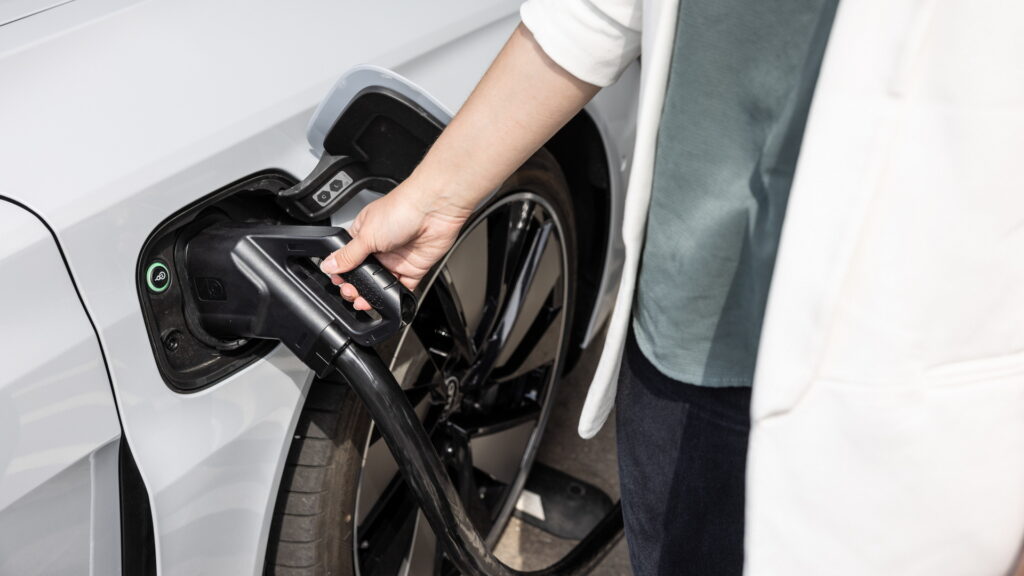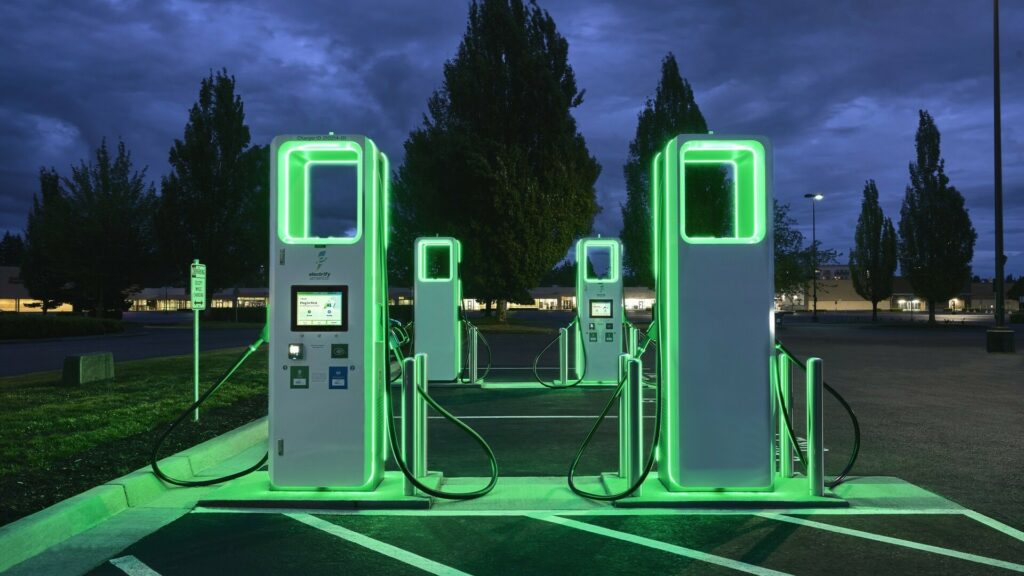The White House says it’s made big progress in an effort to build out EV infrastructure in the U.S. Two major pieces of that announcement surround the manufacturing of electric vehicle chargers and the way that they’ll operate once installed. Here’s a closer look at what to expect in the near future.
As part of the Inflation Reduction Act, there’s a big shift towards bringing EV and EV infrastructure production back within U.S. borders. With that in mind, the administration says that any electric vehicle charger manufacturer must abide by certain rules to receive part of the $7.5 billion federal funding.
Those rules include that all manufacturing processes for any iron or steel charger enclosures or housings must occur in the United States. In addition, the final assembly of the charger must also take place within U.S. borders. On top of that, it’s aiming to improve the customer experience at those chargers once they’re installed.
Read: Ford Opening $3.5B Michigan Battery Plant With Chinese Tech

Right now, satisfaction with America’s public EV charging network is lower than it has ever been before. Some of that has to do with a lack of stations in key areas but much of it surrounds the actual experience of plugging in and charging up. On average, one in every five charging attempts fails at public chargers in the U.S. That’s simply not acceptable.
To combat the problem, the Biden Administration has set a number of key goals for the user experience at charging stations in the federal program. First and foremost, they need to use “consistent plug types, power levels, and [have] a minimum number of chargers capable of supporting drivers’ fast charging needs.”
What it calls “forward-looking capabilities like Plug and Charge” are a key factor too. Technology that’s obsolete in only a year or two obviously won’t do much good. In addition, it wants all chargers to have a 97 percent uptime in terms of reliability. That alone could make a big dent in terms of satisfaction.
Two more goals offer even more reason to hope that the program achieves all of its intentions though. First is that the government wants it to be easier to find a charging station through better publically accessible data containing location, price, and availability. Secondly, it’ll require a single method of identification that works “across all chargers.”
That specifically means that we won’t need a slew of different apps and accounts to charge at different charging locations. Will all of this go according to plan and alleviate all of the pain points surrounding the EV charging network? It’s hard to say at that point, but it does sound like a step or two in that direction.





